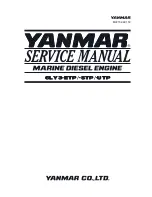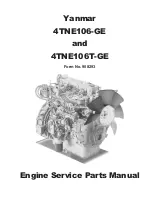
his edition of The End Wrench introduces the Subaru 2.2 liter
naturally aspirated (N/A) and 2.2 liter turbocharged horizontally
opposed overhead cam (OHC) engines. It reviews the mechanical
features of these engines and the differences between
existing engines. It also covers the procedures used in
diagnosing and overhauling these engines. A list of applicable
Important Notes and Cautions, Service Bulletins and Special Tools
is included at the end of this article.
Always refer to the appropriate model year Subaru Service
Manual and the applicable service bulletins for all specification
and detailed servicing procedures.
2.2L Engine Identification
The 2.2L engine designation is the sixth digit of the vehicle identifica-
tion number (VIN). It is important to always first identify the engine before
beginning diagnosis and servicing. Body type and transmission type, as
well as the model year, are also information pertinent to engine diagnosis
and servicing. This information is available from the VIN and the appropriate
service manual.
The engine serial number is located on the machined boss on the left
side of the clutch housing. The 2.2L engine designation is EJ22. Piston
and bearing dimension information is stamped on a machined
surface where the crankcase halves meet.
2.2L Engine Features
The 2.2L SOHC four valves per cylinder engine is an
addition to the existing Subaru “Boxer” design. The hori-
zontally opposed, four stroke, four cylinder, liquid
cooled, gasoline engine has aluminum alloy block and
heads. It uses a normally aspirated or turbocharged MPI system.
The cylinder liners are of a cast iron dry type design.
I n t r o d u c t i o n
T
Piston And Bearing Information
5
































